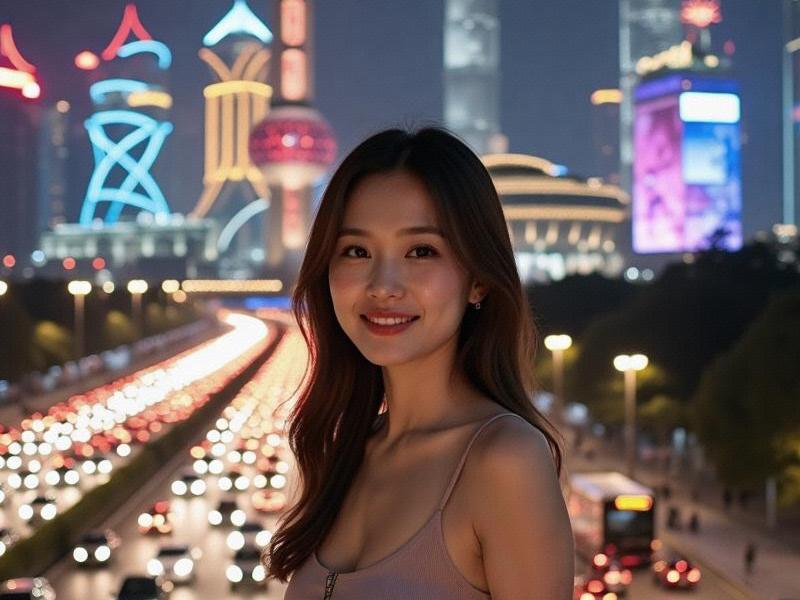This 2,700-word investigative report examines Shanghai's entertainment club sector as both cultural phenomenon and economic driver in China's global financial hub.

Section 1: Historical Context
1.1 The Jazz Age Legacy (1920s-1940s)
- Paramount Ballroom's golden era
- Russian Jewish refugee influence
- Cabaret culture during concessions period
1.2 Socialist Transformation (1950s-1970s)
- State-run cultural palaces
- Revolutionary performance spaces
- Entertainment as political education
Section 2: Contemporary Landscape
2.1 Geographic Distribution
- Bund luxury establishments
- Former French Concession speakeasies
- Pudong corporate entertainment hubs
- Hongqiao transportation-linked venues
新上海龙凤419会所
2.2 Business Models
- Membership exclusivity systems
- Celebrity-backed ventures
- Hotel-integrated operations
- Themed experience design
Section 3: Economic Impact
3.1 Market Size Analysis
- 2024 revenue projections
- Employment statistics
- Luxury goods spillover effects
- Commercial real estate premiums
3.2 Tourism Synergies
- Package tour integrations
- MICE industry linkages
上海龙凤阿拉后花园 - Cross-promotion with cultural landmarks
- High-net-worth visitor targeting
Section 4: Cultural Dimensions
4.1 East-West Fusion
- Mixology innovations
- Electronic music adaptations
- Interior design hybrids
- Service protocol blends
4.2 Social Significance
- Business networking functions
- Status demonstration spaces
- Creative community hubs
- Subculture incubators
Section 5: Regulatory Environment
上海龙凤419官网
5.1 Licensing Framework
- Cultural market permits
- Fire safety requirements
- Food service regulations
- Alcohol distribution controls
5.2 Recent Policy Shifts
- Anti-extravagance campaign impacts
- Noise pollution ordinances
- Operating hour adjustments
- Pandemic recovery measures
Future Outlook
- AI integration in guest services
- Sustainability initiatives
- Experience economy expansion
- Regional market competition